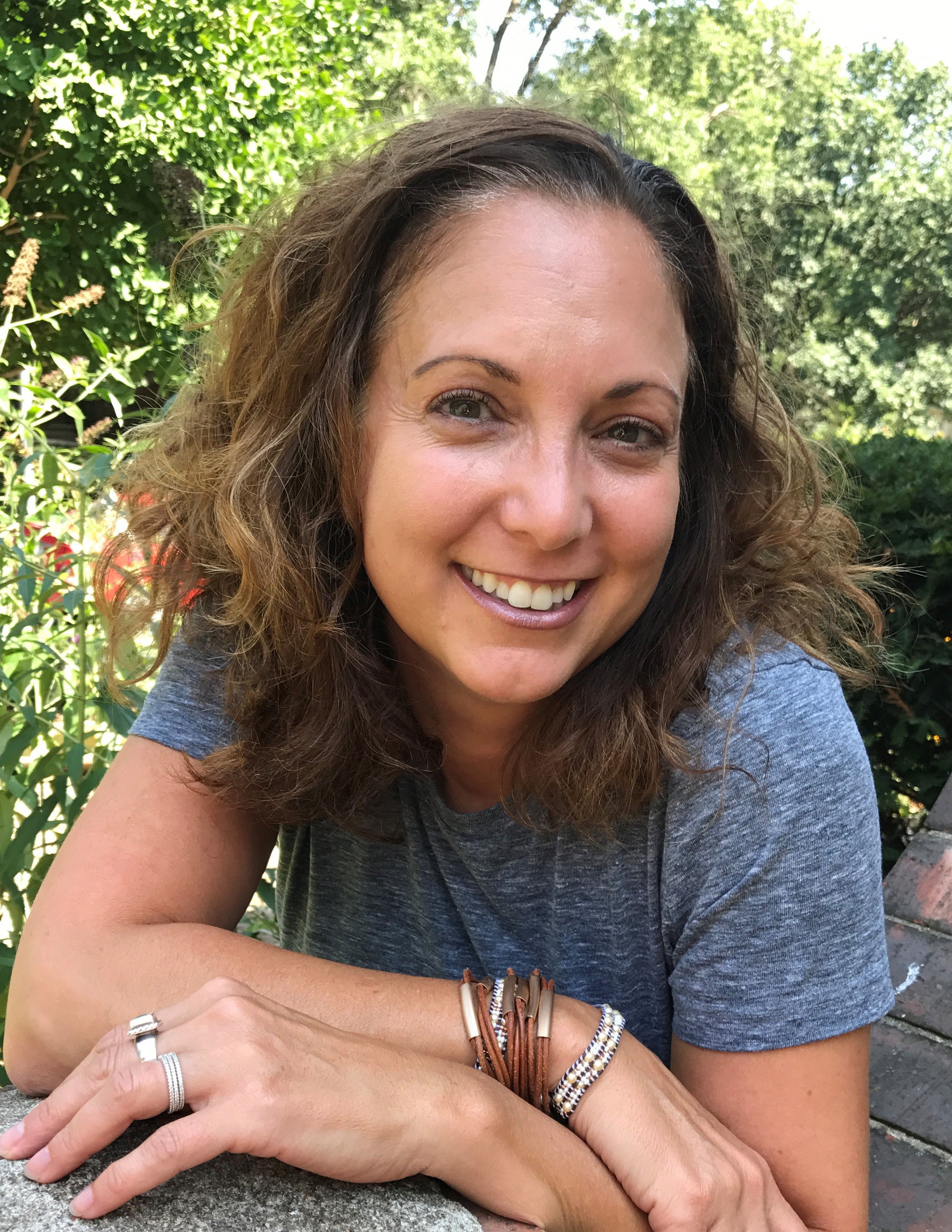
Professional learning communities (PLCs) are at the forefront in education today. This initiative was brought forth after much research was done on the highest-performing schools in the lowest socioeconomic areas. The big takeaway is when school leaders and teachers implement best practice teaching for each child, overall school achievement improves. By all appearances, PLCs look like a group of grade-level teachers (or department teachers) who plan, organize, and implement a curriculum. However, effective PLCs are quite different.
Effective PLCs are about collaboration with team members to ensure success for each student. It’s a shift from what is being taught to what the students need to learn. PLC members collectively take on the responsibility of each child’s learning, rather than one teacher’s obligation within the class roster. There are four essential questions for team members to consider:
- What do we expect students to learn?
- How will we know they have learned it?
- How will we respond to those students who are not learning?
- How will we respond to those students who already know it?
These questions are used to guide collaboration and set clear objectives with student learning.
What Makes a Great PLC?
In order to do this, PLCs are data-driven. It is an ongoing process of formative assessments to find out exactly where students perform on the appropriate set of standards. PLC members work collectively to review, reflect, and analyze this data. Then, a systematic process is put in place to provide interventions and enrichment based on the needs of individual students. PLC meetings need to have norms that all members follow, and these norms need to be clearly stated. They should include expectations regarding roles, responsibilities, and a timeline for student growth.
Another very important piece of PLCs is shared expertise. This notion allows for educators to share goals, strategies, materials, content knowledge, etc. with colleagues in order to enable team members to develop new skills and capabilities. Many schools use professional development as a time to achieve this continual learning. This allows for teachers to learn from one another because each of us has something valuable to share within our profession.
PLCs are a deep commitment and shared vision for school improvement. It is a continual search for a better way to achieve goals and ensure student growth. It requires 100% buy-in from staff members to implement this kind of practice. Because of all these factors, it can often take PLCs 3–6 years to become truly effective.
Creating Successful PLCs
So, the big question is how? In theory, PLCs sound amazing and like a wonderful way to provide best practice teaching for each student. But with constant time restraints and things being added to our teacher plates, how can we effectively turn our schools into professional learning communities without just thinking it is one more thing for teachers to have to do?
Here are a few ideas:
School Leaders: Sorry, admin—this starts with you! Your energy and support are contagious and imperative to create staff buy-in. The greatest gifts you can give a teacher are time and respect. Allow for time during staff meetings or professional development days where teachers can learn from each other. Shared expertise is just that—where teachers share what they know. It shouldn’t be a time where teachers have to research new ideas and share out with others, it should be a time where teachers share what methods are already working in their classroom so others may learn from them. Jump in to help by offering to cover a class so a teacher can observe a coworker, or provide classroom coverage so team members can collaborate. Respect your staff by providing words of encouragement and support when needed. When teachers feel valued and appreciated, they are more likely to share your vision on school improvement.
Support Personnel: This includes instructional coaches, reading/math specialists, innovation specialists, aides, etc. A large part of your job is to support teachers, and where we need the greatest support is in the classroom. So, come in and help out! Engage in student learning and provide judgement-free support. Teachers and support personnel are on an even playing field and need to feel as such. The best collaboration begins with mutual respect. The collective responsibility of each student within PLCs includes support personnel as well. Of course, this means your case load may appear much larger than a classroom teacher’s, but with genuine collaboration, everyone is working together towards student growth.
Teachers: We are a critical piece to this mindset. Teachers need to be willing to engage in continual learning and self-reflection in order to become the best we can be. Teachers are very proud people (rightly so!), but we have to become introspective so we can grow and provide best practice teaching for our students. PLCs discourage the blame game—admittedly, this is difficult to do. It is very easy to point fingers at parents, home life, time constraints, etc. However, in order for PLCs to be truly effective, teachers need to give an in-depth critical examination of what does/doesn’t work with each student and adjust accordingly.
Time: Since there is never enough of it, professional learning communities need to get creative in regard to time. If your PLCs meet only once a week for 30 minutes, then make those minutes count. Create a schedule, for example reading data review is the first PLC of the month, math data os the second, shared expertise the third, etc. If a staff member has created a great way to collect data, share the template with others. If not, assign roles to each member of the PLC (including admin and support staff) to create one. Be brief and maintain focus during PLC time—it’s easy to get sidetracked, but by staying focused, it will help save time and encourage student growth.
Be forgiving: Remember that it can take 3–6 years in order for PLCs to be truly effective. Hopefully, your district/school will allow for this time to measure student achievement. In other words, it may take time to see a rise in test scores building/district-wide. In the meantime, professional learning communities should work interdependently in order to achieve better results for our students. Be forgiving of yourself and others when things don’t work out as planned—and continue to strive for the best practice for each student.
Want to be part of a global PLC? Check out MimioConnect, an online educator community where you can share lessons and activities, get expert tech guidance, and become involved in fellow peers’ groups. Learn more today.>>





